Indonesia – A Critters Paradise
Indonesia is a great place to come scuba diving to see weird and wonderful critters. Some divers already know about the existence of some of these creatures and they are on their diver’s bucket list. Others have never heard, let alone seen, of these strange underwater creatures.
We have put together a list of the best weird and wonderful critters in Indonesia. This list is according to Coralia’s favourites plus the ones that you are quite likely to see during a liveaboard cruise with us!
Rhinopias – The Holy Grail of Fish!
Our cover photo is of a paddle-flap scorpionfish or rhinopias (Rhinopias eschmeyeri). Many scuba divers consider this elusive fish the holy grail of fish. They are rare and very difficult to find. As their common name suggests, they are a type of scorpionfish. Their camouflage skills are outstanding, giving our dive guides a challenge to find them!
Rhinopias come in all sorts of colours. There are seven species, two of which can be found in Indonesia. The other species we can see here is the weedy scorpionfish (Rhinopias frondosa). Both species are usually found on sandy or rubbly slopes. They have a row of spines along their back and are highly venomous.
Alor, a brilliant liveaboard diving destination east of Komodo, is one of the best places in the world to see these fish.
Hairy Frogfish
Frogfish are anglerfish and are some of the craziest fish you might get lucky to see! These strange fish have modified pectoral fins that allow them to ‘walk’ on the seafloor to look for prey. Most of the time you don’t see frogfish walking or even moving very much. They are masters of camouflage and resembling something like a sponge or part of the reef is their strategy to catch their prey.
Hairy frogfish (Antennarius striatus) are probably the weirdest and most wonderful due to their hairiness! They have long, waving appendages that resemble moving algae. Frogfish also have a lure, a kind of fishing rod that they can dangle and wave right in front of their mouths. Fish are tricked into thinking it’s a meal and instead they become a meal themselves!
The best scuba diving destinations to see hairy frogfish are Komodo and Alor. Plus we have some liveaboard cruises that start or finish in Ambon and Lembeh, both also brilliant places to see these fascinating critters.
We have an amazing video of a hairy frogfish filmed during a night dive in Komodo, click here.
Unusual Octopus
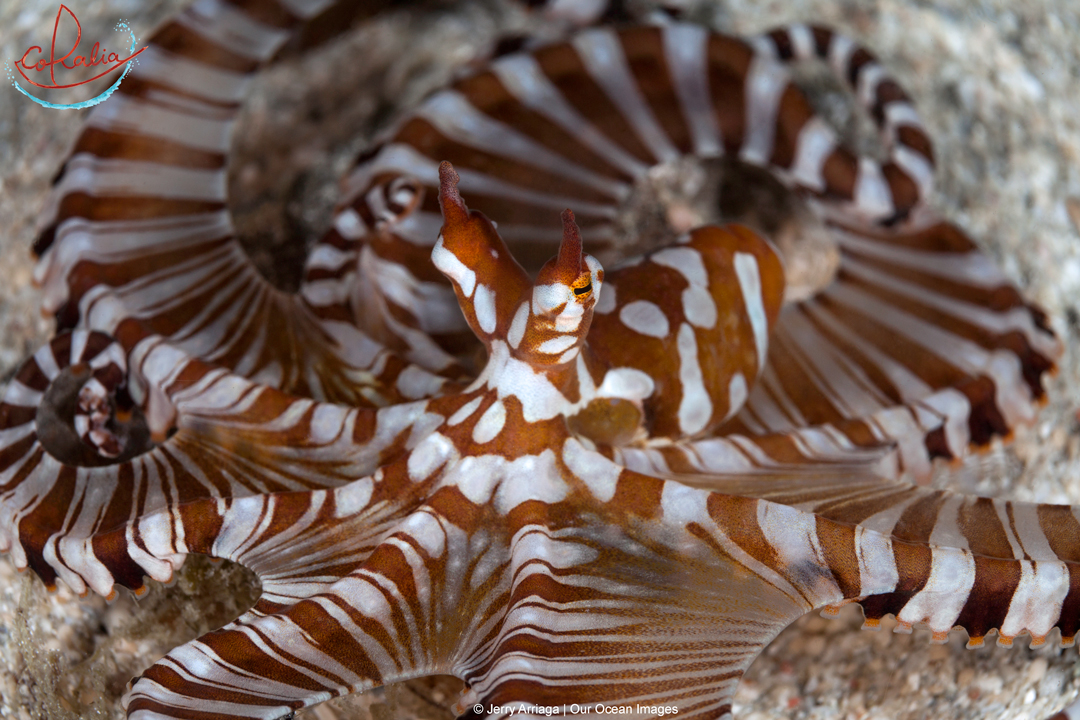
There are many different types of octopus scuba divers can likely encounter in Raja Ampat. The most weird and wonderful though, have got to be the mimic octopus (Thaumoctopus mimicus) and the wunderpus octopus (Wunderpus photogenicus).
These two types of octopus belong to the same family and are close cousins. Both can make amazing displays, with the mimic octopus actually mimicking other fish. The photo above shows a Wunderpus looking very beautiful!
Tongue Biting Isopods
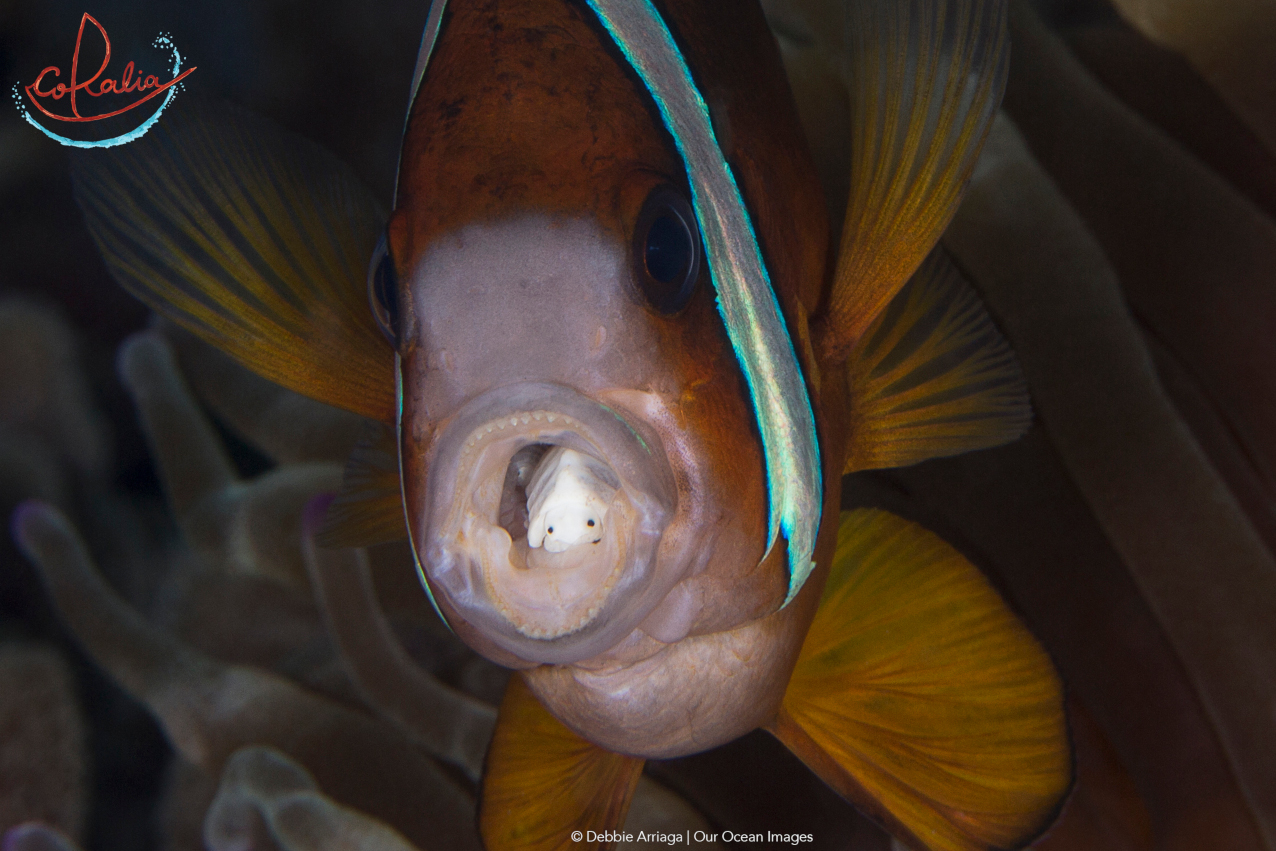
Isopods are creepy and like something out of a horror movie! You can see these bizarre looking parasites attached to fish or even inside fish mouths. The tongue biter or tongue-eating louse (Cymothoa exigua) is one type of isopod. These gruesome creatures gets inside the mouths of fish by entering through the gills. They cut off the blood vessels of the tongue causing it to fall off. The parasite then attaches itself to the remaining stub of the tongue.
Scientists say the isopod causes no other harm to the fish. Although some fish with more than one tongue biter have been reported as being underweight. Certainly if you ever get to see one of these, the fish seems uncomfortable. Anemone fish with this parasite seem to move their mouth a lot and yawn much more than normal. They also suck on the tips of their host anemone, possibly trying to sting the tongue biter in an attempt to get it off.
On liveaboard cruises in Komodo and Alor we quite often get to see anemone fish with these parasites. Poor things!
Christmas Tree Worms
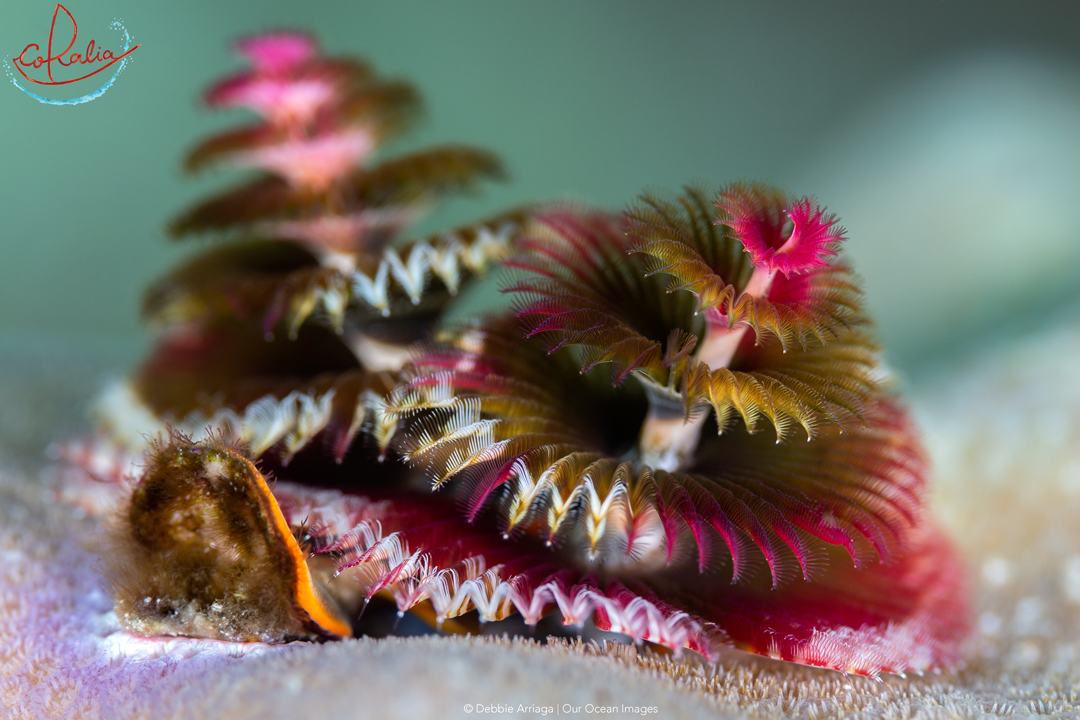
Christmas tree worm is the common name for a marine worm that can be found on coral reefs all over the world. Scuba diving liveaboards in Indonesia are a great way to explore the reefs to look for these colourful worms.
They are tube building worms that bore into live coral. Christmas tree worms (Spirobranchus giganteus) can live up to 40 years! They come in all sorts of bright colours. They can disappear into their hole in milliseconds! If a predator does manage to damage only their tentacles, they can regrow!
Flamboyant Cuttlefish
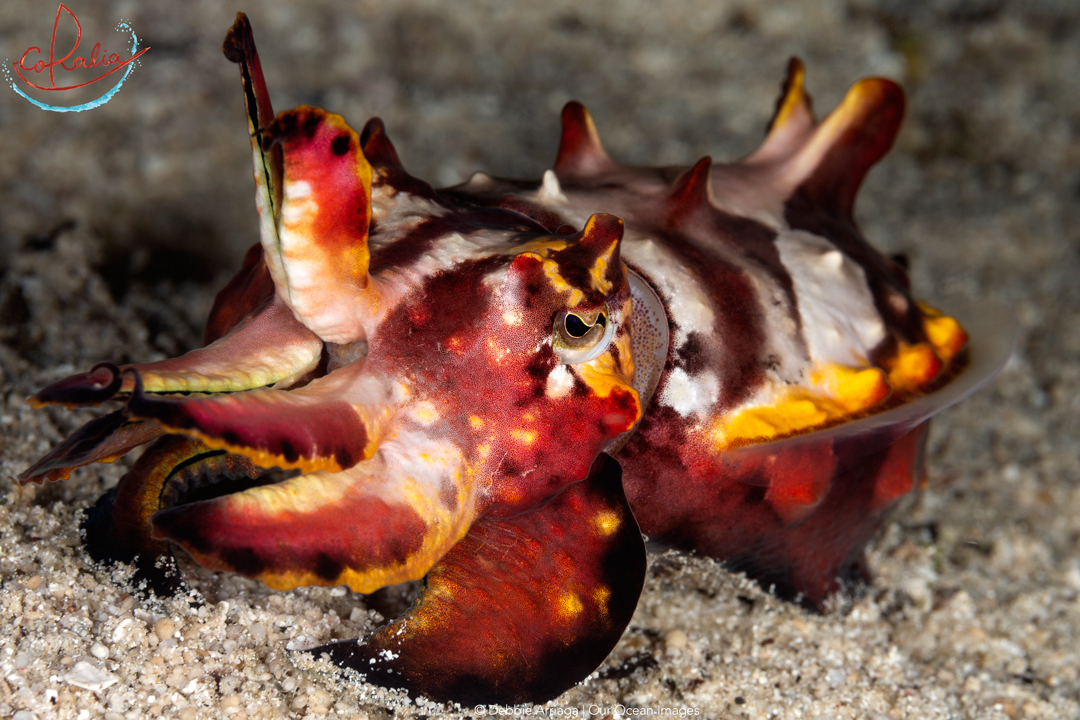
We think the photo shows why these cuttlefish are called flamboyant! Their normal colour is dark brown but they can instantaneously change to these bright colours. Usually they display these colours if they are disturbed or attacked. The tips of their arms are often red to scare off would-be predators. These kinds of display in fish usually warns others that they are poisonous. Accordingly, this cuttlefish has unique acids in its flesh.
The flamboyant cuttlefish (Metasepia pfefferi) don’t grow very big, around 8 cm at their maximum size. They are the only known type of cuttlefish that walk on the seafloor. So next time you see one, watch it from behind! They have a wide bottom and a very cute wiggle!!
Night Diving with Critters in Indonesia
In Indonesia especially night diving is a very exciting way to see all sort of strange critters. During the day many of these weird creatures are hiding under the sand or in rocky cracks. But at night they come out to play!
One of the best night dives in Raja Ampat is in Aljui Bay. The following video has some highlights of what you might see.
Look for Critters in Indonesia with us on Coralia Liveaboard
Coralia Liveaboard has cruises all over Indonesia, offering you the chance to glimpse all of the above weird and wonderful creatures, plus a lot more! We hope you will join us for a cruise one day.
You can find our cruise schedule here.

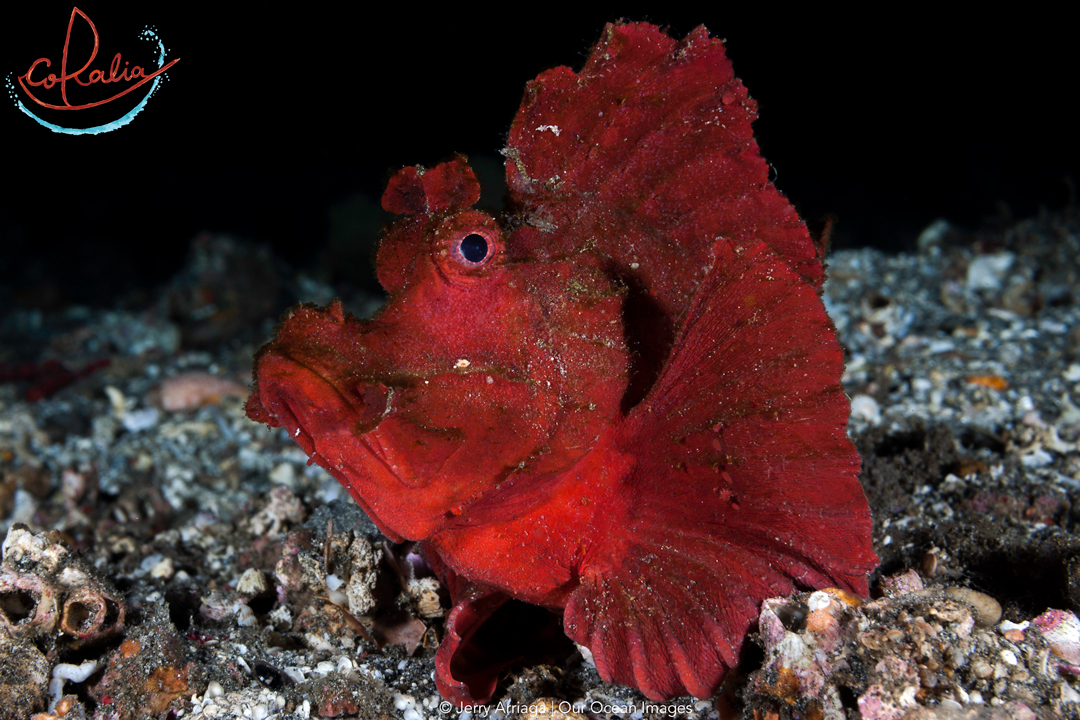
3 thoughts on “Critters in Indonesia – Weird and Wonderful Creatures”
Comments are closed.